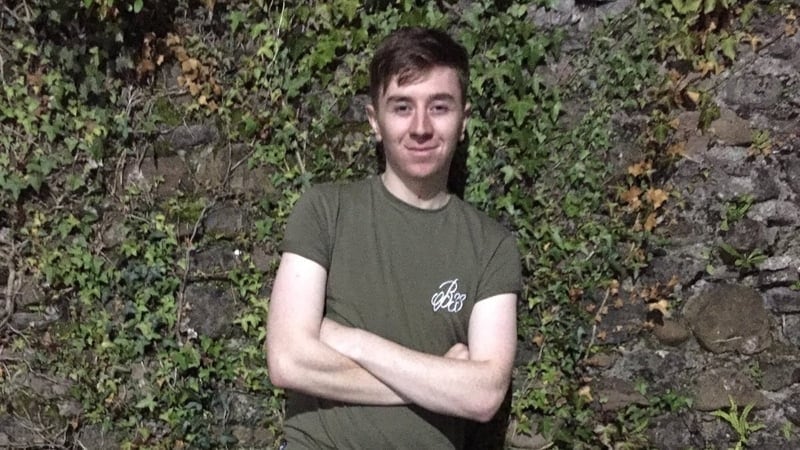There will be no reduction in Garda presence throughout the west, following the opening of a new regional headquarters in Galway, according to Minister for Justice Charlie Flanagan and Acting Garda Commissioner Dónall Ó Cualáin.
However, Mr Flanagan said he did not see any merit in “a Garda sitting behind a desk in a rural area on his own or her own”.
“I believe it is important that we look to what is international best practice in terms of the distribution of our Garda stations,” Mr Flanagan said, while stating that details of distribution were a matter for the Garda Commissioner.
“We’ll have over 275 gardaí here in this headquarters in Galway, we’ll have a network of Garda stations right throughout the west of Ireland, and I’m very keen to ensure that every area, every Garda division, every rural council area does have the presence of a Garda, either on a full-time basis or in a station nearby,” he said.
Speaking in Irish, Mr Ó Cualáin said rural areas where there had been a fall-off in population would still have to be policed. A superintendent vacancy in Clifden which has been vacant for some time will be filled, he said.
Features of the new regional headquarters in Renmore include the Garda's first indoor firing range. The building has solar panels and a consequent A rating for energy efficiency.
Its opening was one Mr Ó Cualáin's last public functions before Drew Harris takes up the position of Garda Commissioner in September.
Three headquarters
The Office of Public Works-designed building is one of three new Garda regional headquarters, constructed at a cost of more than €100 million – the others are in Wexford and on Kevin Street in Dublin.
Administrative functions will be centralised in the new building, as part of a pilot recommended by the 2015 report Garda Reform – Changing Policing in Ireland.
Galway, Mayo, Cork city and Dublin south central divisions were selected to test the new divisional policing model, involving administrative functions carried out by skilled professional civilians, Mr Flanagan noted.
This will free up “sworn members” to “deploy their training, expertise and experience to what they do best: policing our communities,” he said.
“The lessons learned during the pilot, including here in Galway, will be applied across the country as the model is rolled out,” Mr Flanagan said.
Speaking to reporters about a incident where a Garda-issue M7 submachine gun and cache of bullets fell from a Garda vehicle into a Dublin city-centre street, Mr Flanagan said it was an “unfortunate event”.
It was very important that the independence of the Garda Síochána Ombudsman Commission be "respected," he said, when asked to comment on Gsoc's statement that it had learned of the incident through the media.
“Within hours of my receiving word of it, there was a Garda ombudsman inquiry under way,” Mr Flanagan said. “I expect that will be concluded at the earliest opportunity.”
“I acknowledge that Gsoc is independent of my office, and I know that they are investigating that in their own time,” he added.
“I acknowledge there is an increased workload, and I am very keen to ensure they [Gsoc] have sufficient resources to allow them to do the job in the time they require.”
He expected that Gsoc would be able to “recruit and have appropriate level of resources available to them in the coming months”.
Mr Flanagan paid tribute to Mr Ó Cualáin, and noted that the outgoing Acting Commissioner had offered to help him to improve his Irish.
The 11,000sq m new western region Garda headquarters, clad in limestone and granite, has green roofs and solar panels for water heating, Mr Flanagan noted.
It will house the regional armed support unit, divisional policing model hubs and administrative staff, regional specialist units, divisional scene-of-crime units and the secure firing range, along with a newly-established regional dog unit.












